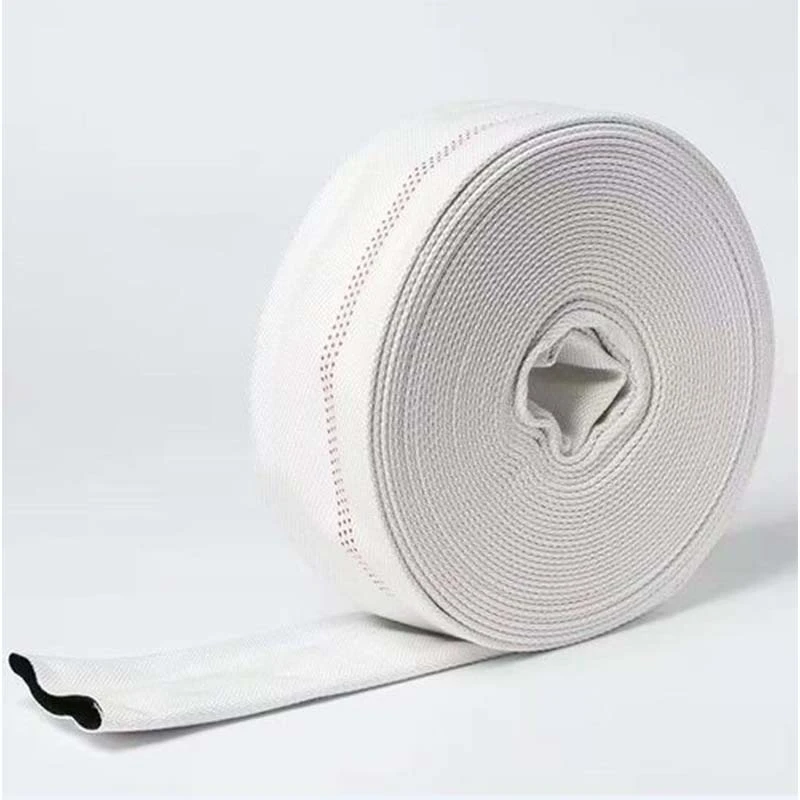High-Quality Vacuum Pump Hose for Efficient Vacuum Systems
Understanding Vacuum Pump Hoses Essential Components of Vacuum Systems
Vacuum pumps are crucial in numerous industrial and laboratory applications, facilitating processes that require the removal of air and other gases from a sealed environment. Among the many components that make up a vacuum system, vacuum pump hoses play a significant role. These hoses are designed to transport gases and maintain the integrity of the vacuum environment. In this article, we will explore the importance of vacuum pump hoses, their characteristics, types, and considerations when choosing the right one for your application.
The Role of Vacuum Pump Hoses
Vacuum pump hoses serve as the conduit between the vacuum pump and the system where vacuum conditions are required. They must be capable of withstanding the negative pressures generated by the pump while preventing air and contaminants from entering the vacuum system. A well-designed vacuum hose ensures optimal performance of the vacuum pump, promotes efficient gas flow, and minimizes the risk of leaks that can compromise the vacuum level.
Characteristics of Vacuum Pump Hoses
When it comes to vacuum pump hoses, several key characteristics should be considered
1. Material Vacuum hoses are typically made from durable materials that resist degradation under high vacuum conditions. Common materials include rubber, polyurethane, and silicone, each offering different levels of flexibility, chemical resistance, and temperature tolerance.
2. Diameter and Length The diameter of the hose affects the flow rate of the gas being evacuated, while the length can introduce additional resistance. It's crucial to choose a hose that provides an optimal balance to ensure efficient gas transfer without impeding the vacuum performance.
3. Pressure Rating All vacuum hoses come with a designated pressure rating, indicating the maximum vacuum (negative pressure) they can withstand. Selecting a hose with an adequate pressure rating for your specific application is essential to prevent failures and maintain system integrity.
4. Flexibility Depending on the setup, the flexibility of the hose may be critical, particularly in environments where it needs to be routed through tight spaces or around obstacles.
vacuum pump hose

Types of Vacuum Pump Hoses
Vacuum pump hoses can be categorized into several types, including
- Standard Vacuum Hoses Typically used for general-purpose applications and can handle varying degrees of vacuum.
- High-Temperature Hoses Designed to withstand elevated temperatures, making them suitable for applications involving heat processes.
- Chemical-Resistant Hoses These hoses are specifically crafted to resist corrosion and degradation from aggressive chemicals, ensuring longevity in challenging environments.
- Reinforced Hoses Reinforced with materials like braided fibers or steel, these hoses enhance durability and provide extra safety against bursting under high vacuum conditions.
Selecting the Right Vacuum Pump Hose
Choosing the right vacuum pump hose requires consideration of the specific requirements of your application. Assess the nature of the gases being evacuated, the operational temperature, and the required vacuum level. It is also advisable to consult the specifications provided by the vacuum pump manufacturer to ensure compatibility and optimal performance. Regular inspection and maintenance of vacuum hoses can significantly increase their lifespan and ensure that your vacuum system operates efficiently.
In conclusion, vacuum pump hoses are vital components that play a critical role in the efficiency and effectiveness of vacuum systems. By understanding their characteristics, types, and the factors to consider when selecting one, you can ensure that your vacuum pump operates at peak performance, enhancing your overall system reliability.
-
Top Quality Oxy Acetylene Hoses for Sale Fit for Welding DemandsNewsJul.28,2025
-
The Future of Pneumatic Air Tubes in IndustryNewsJul.28,2025
-
Superior and Reliable LPG Hose Pipe Solutions for Every NeedNewsJul.28,2025
-
Exceptionally Durable and Versatile Premium Braided PVC TubingNewsJul.28,2025
-
Best Adapters for Connecting Garden Hose to PVC Pipe ConnectionsNewsJul.28,2025
-
The Essential Role of LPG Hoses in Safe and Efficient Gas DistributionNewsJul.16,2025














